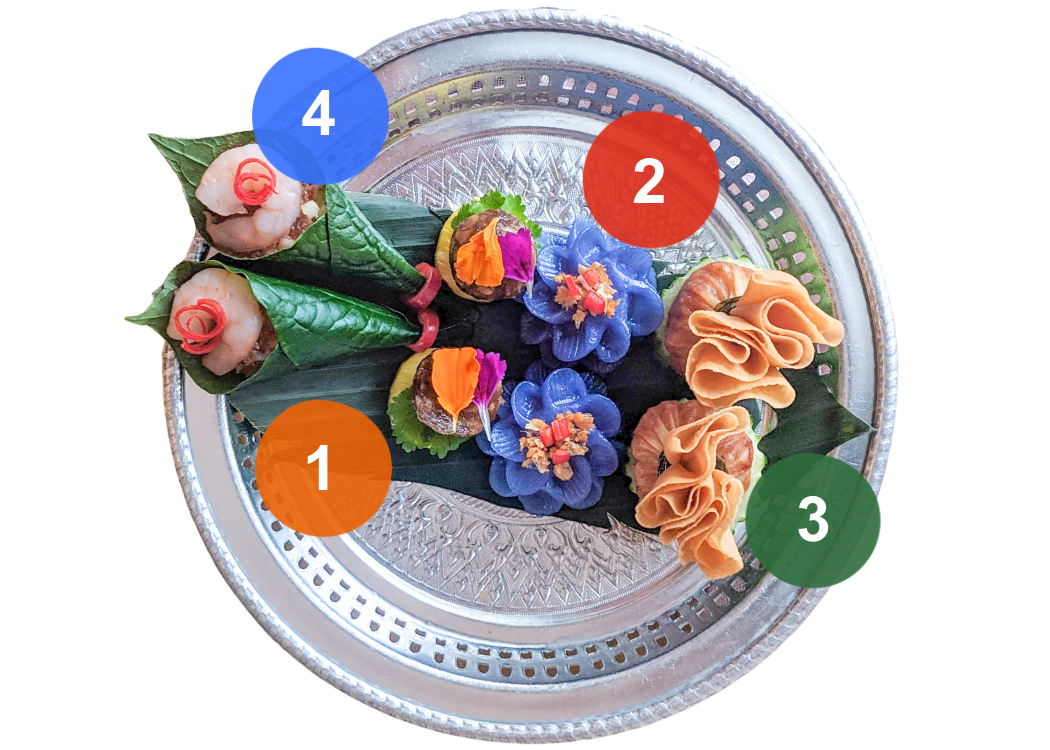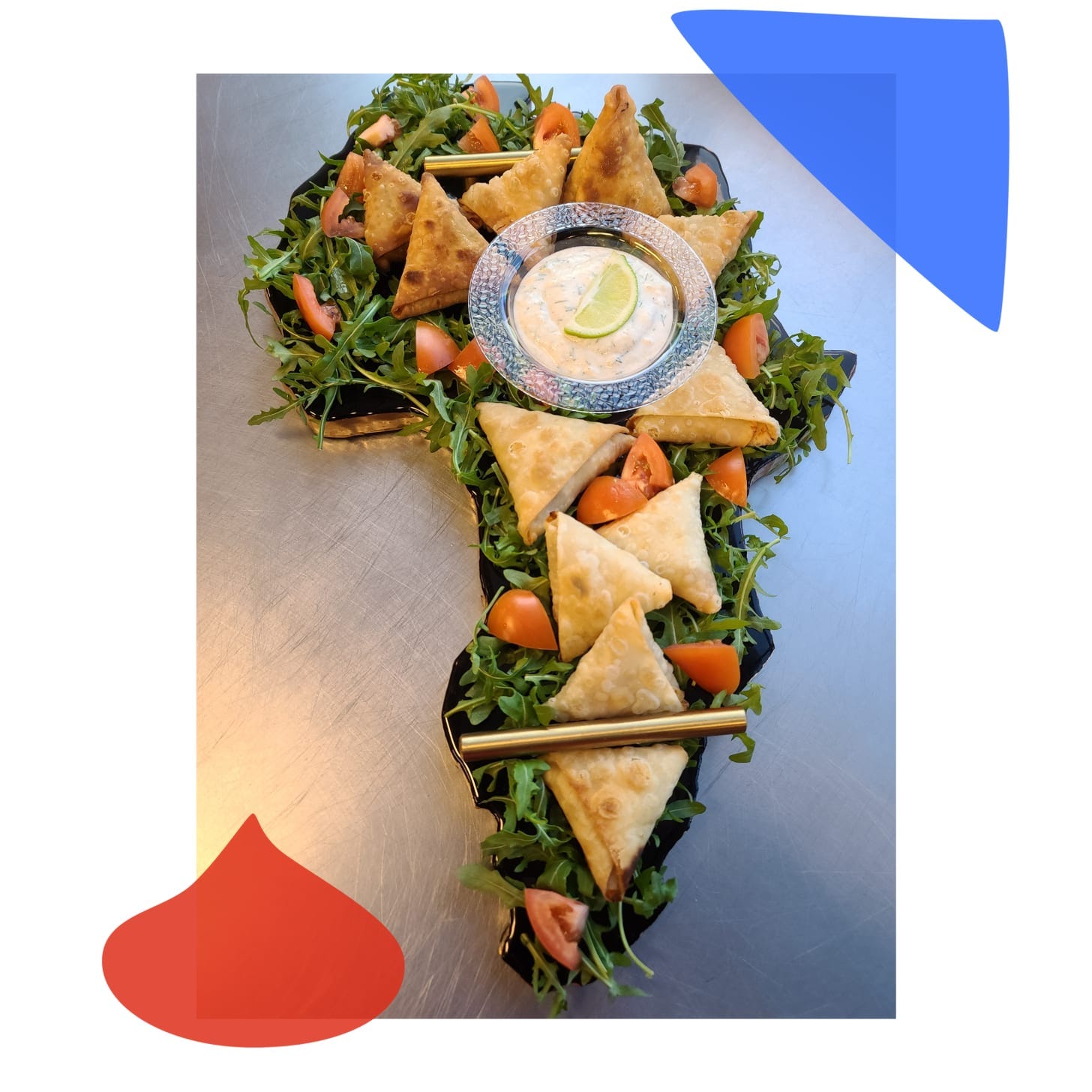This week, we interviewed Leah Mennies, who writes Above the Fold, a publication that spotlights people dedicated to the art of dumpling-making.
This interview has been lightly edited for length and clarity.
What’s your Substack about in one sentence?
Above the Fold is all about dumplings and the people who make them.
You know a lot about dumplings. Where does your passion for the topic come from?
Dumplings are the first food that I ever loved. When I was in kindergarten, I used to come home from school and obsessively watch Martin Yan’s cooking show, Yan Can Cook, on PBS. The Yan Can Cookbook is where I first learned to make dumplings as a child when I was probably around nine or 10. I’d spend the entire day in the kitchen making them – the act of doing that and then sharing them with my family is one of my favorite childhood memories.
I think I’m drawn to dumplings because they require methodical steps to get right but also an aesthetic touch, and they’re very tactile. Sharing food is also how I show people that I care about them, and filling a friend or family member’s freezer with homemade pierogi or pot stickers gives me all the warm and fuzzy feelings.
On a journalistic level, in 2015 I wrote an article for Lucky Peach (while it’s no longer online, an excerpt has since been republished here) about the Boston-area phenomenon of Peking ravioli, a term coined by Joyce Chen in the 1960s to introduce a largely white audience to guo tie [pot stickers] by comparing them to Italian ravioli. Delving into Joyce Chen’s legacy made me want to report more stories on this topic, to let dumplings be a conduit toward learning more about a culture, a region, a point in time, and interesting people.
At its most essential, what is a dumpling? What do people get wrong about them?
There have been many articles that seek to define a dumpling. There are the kinds of things that are stuffed, and there are non-filled, starchy spheres, such as matzoh balls, that are also called dumplings. These articles come up with logic systems that exclude pasta, or exclude things that are baked, or things that aren’t filled. For my own purposes, I’m considering things that are filled and also are mostly enclosed. But I’m sure I’ll make exceptions along the way. Stuffed buns, baked empanadas, calzones – if it spiritually feels like it aligns with the mission of this newsletter, then that’s fine by me.

Ultimately, the biggest thing people get wrong about dumplings is their value. When I interviewed Irene Li, the co-owner of Mei Mei in Boston, she brought up this article about a Chinese restaurateur who felt tied to selling five dumplings for a dollar out of fear of losing business if he priced them any higher; she rightly pointed out that many people don’t think twice about shelling out $20 or more for a plate of ravioli at an Italian restaurant. With dumplings, beyond even the cost of ingredients, the labor is so intensive. Empanadas, pot stickers, pierogi – these things we gobble down quickly take hours and hours of specialized labor to make. This is part of the reason I’ve chosen to compensate my interview subjects with honorariums.
You’ve interviewed an eclectic mix of dumpling pros and highlighted a globally diverse selection of dumplings. How do you identify and curate who to feature?
To make any kind of stuffed dumpling, particularly in quantities large enough to sell them, you have to have a tremendous amount of skill and be willing to put in many hours of work. I think there’s a kinship among those who choose to do this, and I wanted to find a way to pull them all together into a singular community of sorts.
I spend a lot of time on Instagram, TikTok, Reddit, you name it, scurrying down hashtag rabbit holes for hours on end, and in the process have come across so many incredible small businesses with amazing stories behind them. Every single culture has some sort of dish in the dumpling realm, and this concise little item becomes a focused lens through which you can learn a lot about a person and their background. The kimchi that Sandy Ho puts in her pork dumplings at Sandita’s is tied to her memories of trying kimchi for the first time in her Australian hometown. The sambuxas that Gladys Shahtou makes for Sambuxa NYC reflect the wide variety of culinary influences on Sudanese cuisine. Little Tailor, which is the name of Brandon Blumenfeld's kreplach company, is an homage to his great-grandfather, a tailor whose recipe inspired the business.

The pandemic has caused a lot of upheaval in the food industry. What challenges and opportunities have the dumpling makers you’ve talked to encountered?
In terms of the dumpling pros who launched businesses this year, there was a common thread: Dumpling making during the early months of the pandemic brought them comfort during a very unstable time, and that in part inspired them to turn this work into a business that could offer that same comfort to others. This was the case for Blumenfeld’s kreplach, as well as Trina and Jessica Quinn’s pelmeni. For many, making and selling dumplings directly to consumers was also a way to regain control over their schedule and work-life balance after years of working in the restaurant industry.
For many dumpling makers, one of the biggest challenges is scaling up: Dumplings are labor-intensive to make, so the more dumplings you make, you need to find that labor – or expend it yourself – as well as find ways to store all of those dumplings, ideally a freezer. There are a lot of logistics involved.

It's impossible not to get hungry while reading Above the Fold. What advice do you have for people who want to get started finding great dumplings near them?
One day, if an angel investor decides to fund this (hello? anyone?), I’ll create a very comprehensive dumpling atlas/map so that nothing will stand between readers and their next dumpling fix. But in the meantime, there are some great new mail-order businesses – in particular, Mei Mei out of Boston and Xiao Chi Jie out of Bellevue, Washington – that I highly recommend if you want to always have excellent dumplings within arm’s reach, aka in your freezer.
Who's another Substack writer you'd recommend?
As someone who works in the media industry, I really appreciate Rachel Karten’s approach to Link in Bio, which is ostensibly a resource for those who work in social media but in reality is more broadly applicable to anyone creating digital content. I love her candor and admire how she’s brought together a wide array of professionals with very disparate backgrounds and “beats,” from NASA to economics to Italian food.
Subscribe to Leah’s newsletter, Above the Fold, visit her website, or find her on Instagram.





Share this post